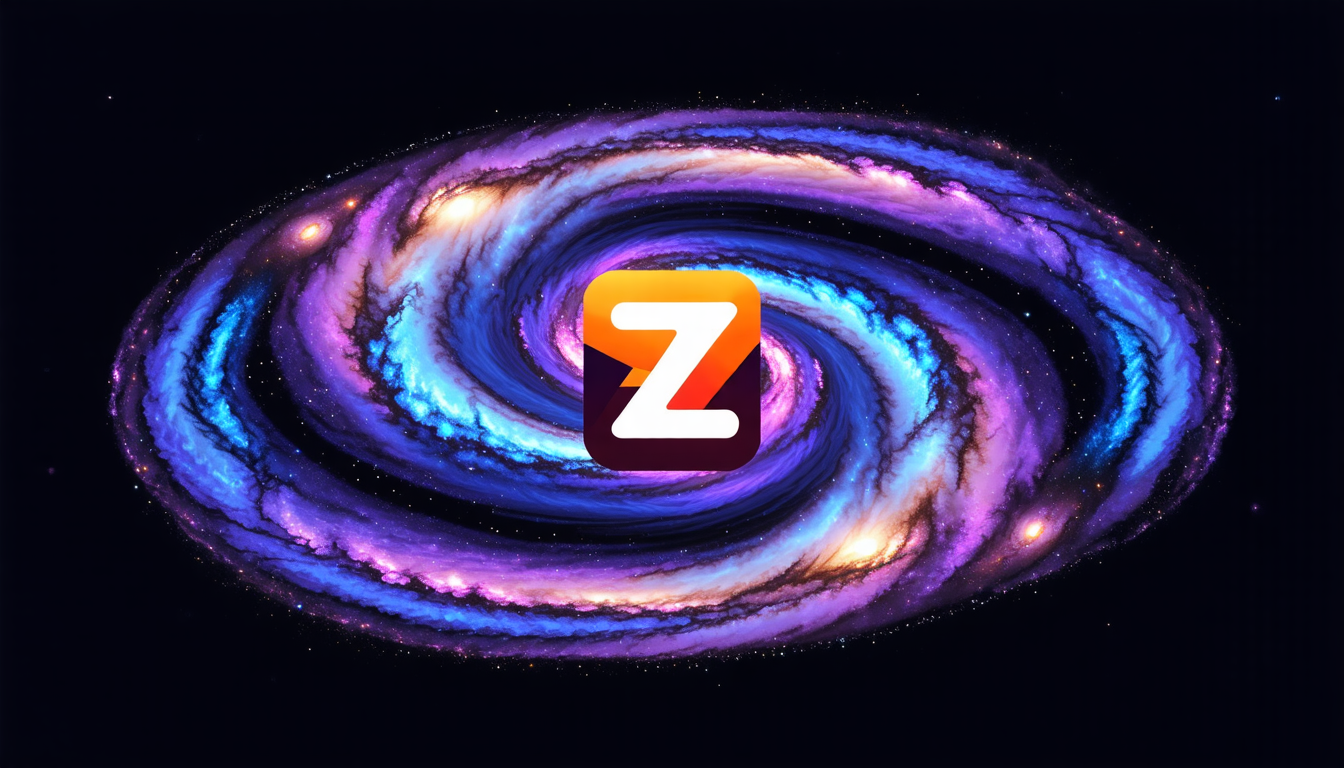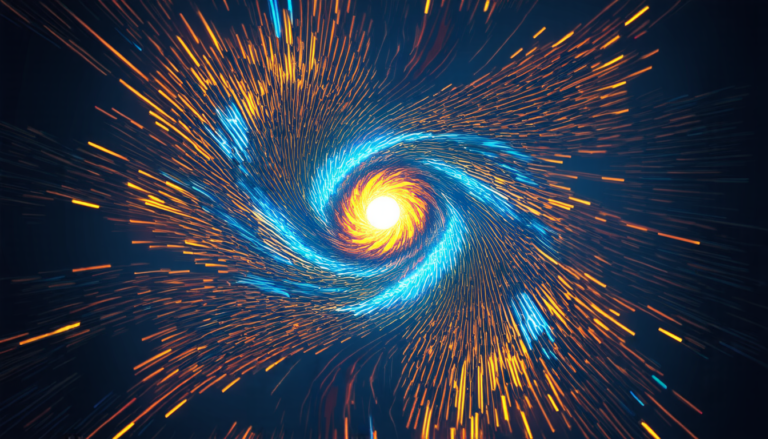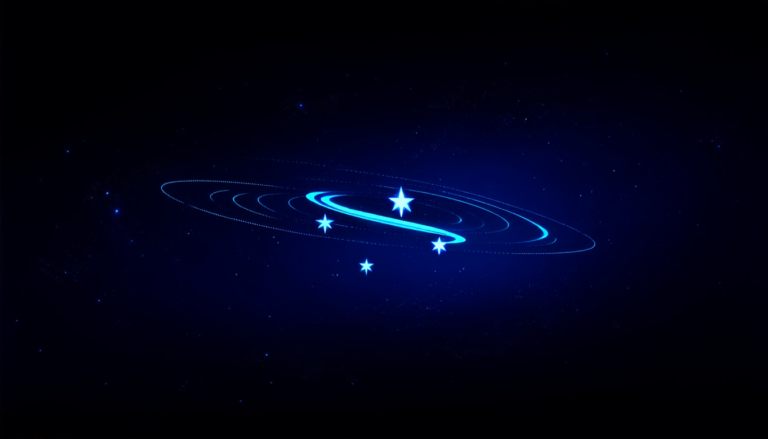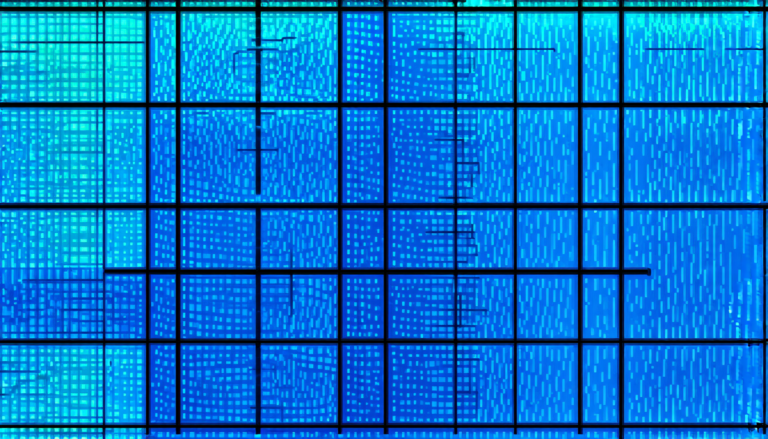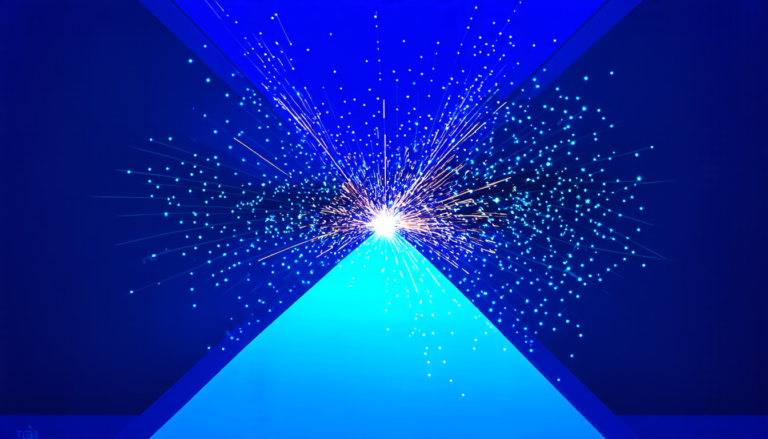Friday 05 September 2025
A team of astronomers has made a significant breakthrough in the quest to understand the distant universe by developing a new method for calculating the redshift of galaxies. Redshift, which is the measure of how much light is shifted towards the red end of the spectrum as it travels through space and time, is crucial for understanding the expansion history of the universe.
Traditionally, astronomers have used spectroscopic surveys to calculate the redshift of galaxies. However, these methods can be time-consuming and limited by the quality of the data collected. The new method developed by the team uses a type of artificial intelligence called self-organizing maps (SOMs) to analyze large datasets and predict the redshift of galaxies.
The SOMs algorithm is able to identify patterns in the data that are not immediately apparent, allowing it to make more accurate predictions than traditional methods. The team tested their method using data from the Sloan Digital Sky Survey and found that it was able to accurately calculate the redshift of galaxies with a precision of 1-2%. This is comparable to the precision achieved by traditional spectroscopic surveys.
The implications of this breakthrough are significant for our understanding of the universe. By being able to quickly and accurately calculate the redshift of galaxies, astronomers will be able to study the properties of distant galaxies in greater detail than ever before. This could lead to new insights into the formation and evolution of galaxies, as well as the nature of dark matter and dark energy.
The team’s method is also expected to revolutionize the way that astronomers conduct surveys of the sky. Currently, spectroscopic surveys can only observe a small fraction of the galaxies in the universe due to limitations in telescope technology and data analysis techniques. The SOMs algorithm could potentially allow astronomers to analyze large datasets quickly and efficiently, opening up new possibilities for studying the distant universe.
One of the most exciting aspects of this breakthrough is its potential to aid in the search for dark matter and dark energy. These mysterious components make up a large portion of the universe’s mass-energy budget, but their nature remains unknown. By being able to accurately calculate the redshift of galaxies, astronomers may be able to identify patterns or trends that could help shed light on these enigmas.
The team’s method is not without its challenges, however. The SOMs algorithm requires large datasets and powerful computers to run, which can be a significant limitation for smaller research institutions.
Cite this article: “Revolutionary Redshift Calculation Method Unlocks Secrets of the Distant Universe”, The Science Archive, 2025.
Astronomy, Redshift, Artificial Intelligence, Self-Organizing Maps, Sloan Digital Sky Survey, Galaxy Evolution, Dark Matter, Dark Energy, Telescope Technology, Data Analysis.

